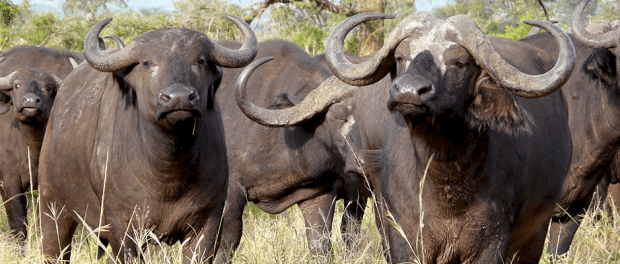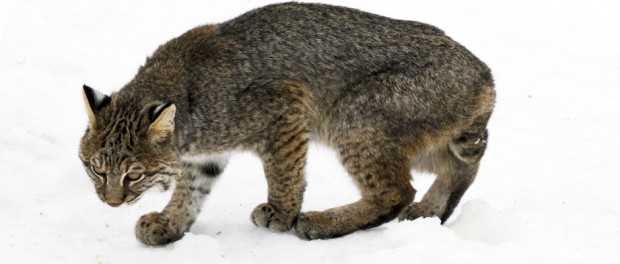-->
To Shoot or not to Shoot -
how ethical hunting builds character
by Eric Nuse
Time:
Dark, early and cold
Date:
Last days of goose season
Hunter:
Just me
Witnesses:
None for miles
The
truck is hidden a half mile away, the decoys are set and a brisk east wind is
at my back. Legal light is still 10 minutes away and life is good. Yesterday morning I head the murmur of
geese from my deer stand a good hour after sunrise so plenty of time to sip
some coffee, stretch out and enjoy the solitude.
The
good thing about Canada Geese is they usually announce their arrival with a
honk or two. So I figured a little shut eye wouldn’t hurt. I’d been up early
deer hunting for a week and the old body was starting to feel it.
By
the time my brain registered the sound of wings and my eyes focused, the ducks
were landing in the corn stubble on the far side of my decoys. With a slight
tilt of my head from the layout blind I could see three beautiful greenheads. I
love to eat mallard and hadn’t had any time to hunt them this fall.
Shoot
or don’t shoot?
My
stomach said go for it. But a little voice in my head said not so fast buddy.
Whatever
I decide, I know it’s legal and it’s safe – OK so far.
Can
I make a clean kill? I’ve got double Bs in the gun, full and modified chokes. I’m
guessing they are out 35 yards. I’ve killed plenty of geese at this range, but
ducks are smaller and even cripples are hard to swat on the ground with #4s.
Flush them? They would be at least 5 yards further away before I could shoot
and that is the edge of my ability and range for a clean kill.
They
are moving further away - it’s decision time.
As
hunters we face tough ambiguous decisions all the time. Most of the time we are
going to be the only ones who know what we do - no witnesses and no referees.
Every thing you have experienced, read, talked about and thought about coalesces
into a little voice that whispers the answer. For me it was a clear – don’t
shoot.
As
they walked away, I rethought my decision and came up with two bottom line
reasons not to shoot; 1) marginal odds for a clean kill, 2) poor fit with why I
hunt.
I
hunt waterfowl as a way to immerse myself in the wild, for the enjoyment and
satisfaction of bringing them in close and hopefully making a skillful wing-shot.
The eating is important but only a tasty bonus.
“The
true test of character is when you do the right thing even though you know no
one will ever know.” (From an old hunter education16mm movie)
An
hour later the goose Gods smile on me when 23 beautiful Canadas worked my
decoys and on the third pass came right in. Two shots and two geese were dead
in the air. Preparedness and skill, met with opportunity and challenge.
Now
that’s hunting!
Made
all the sweeter by doing it right.







